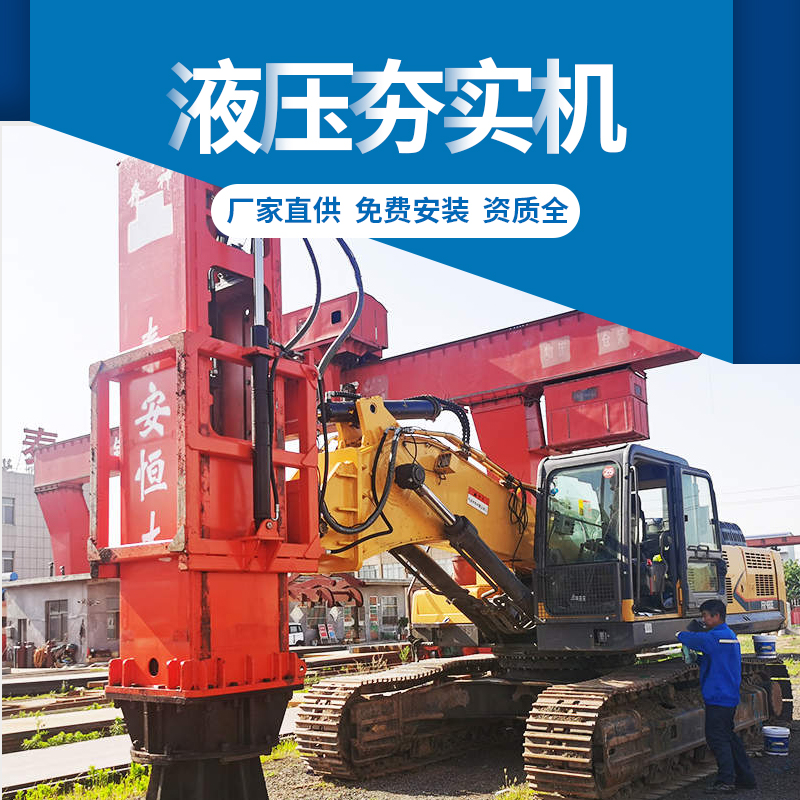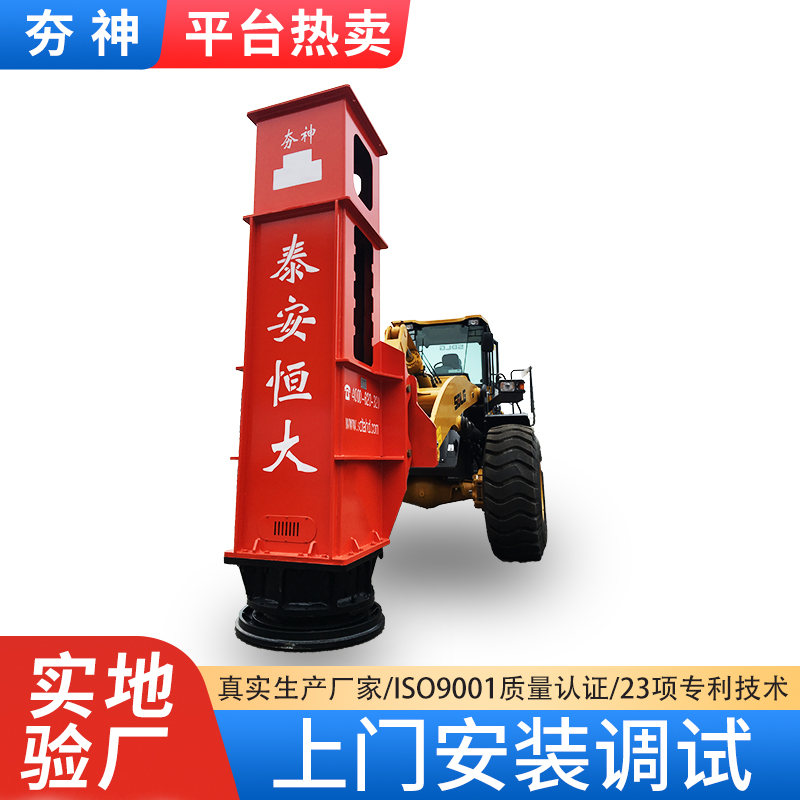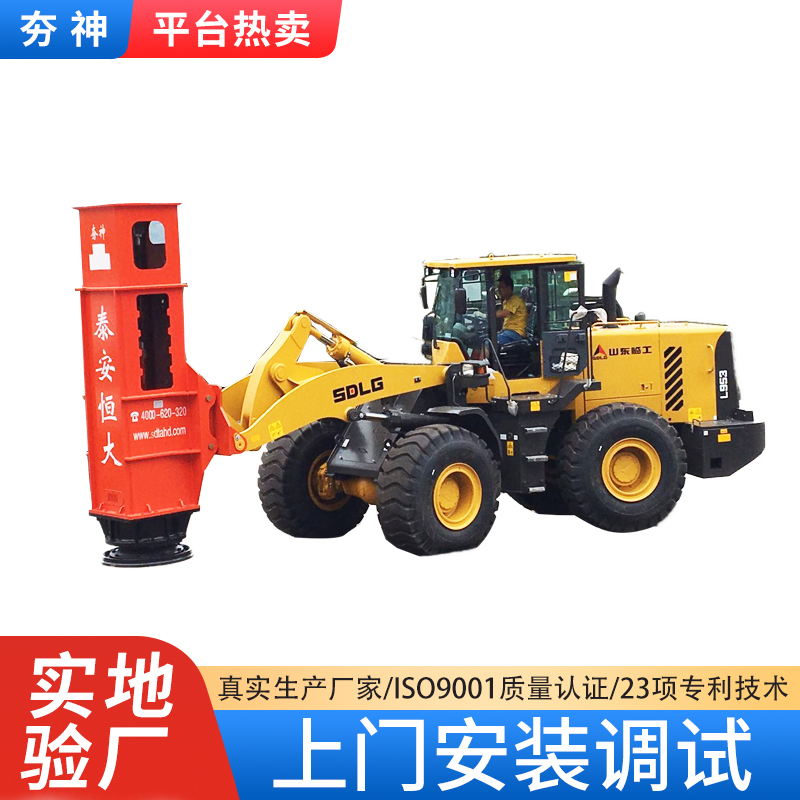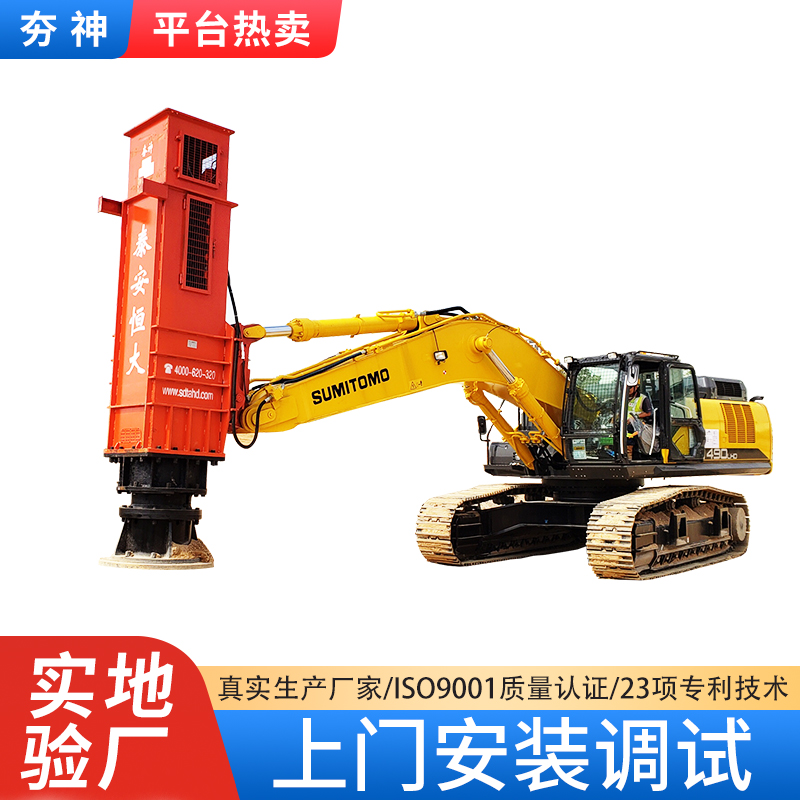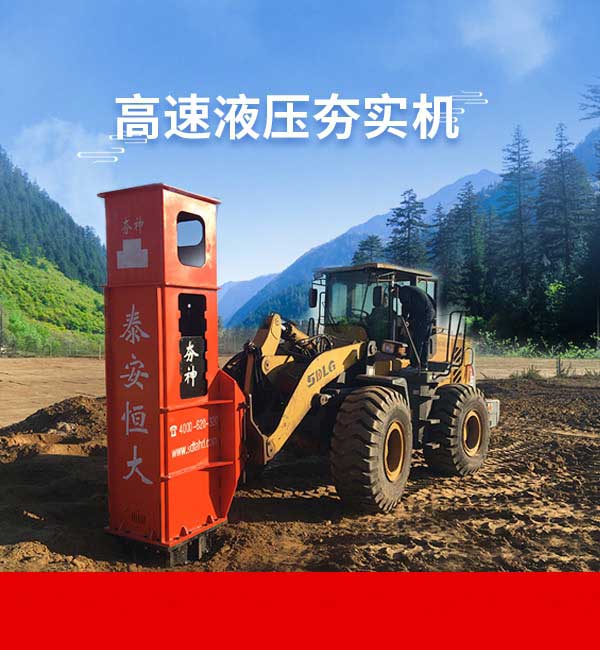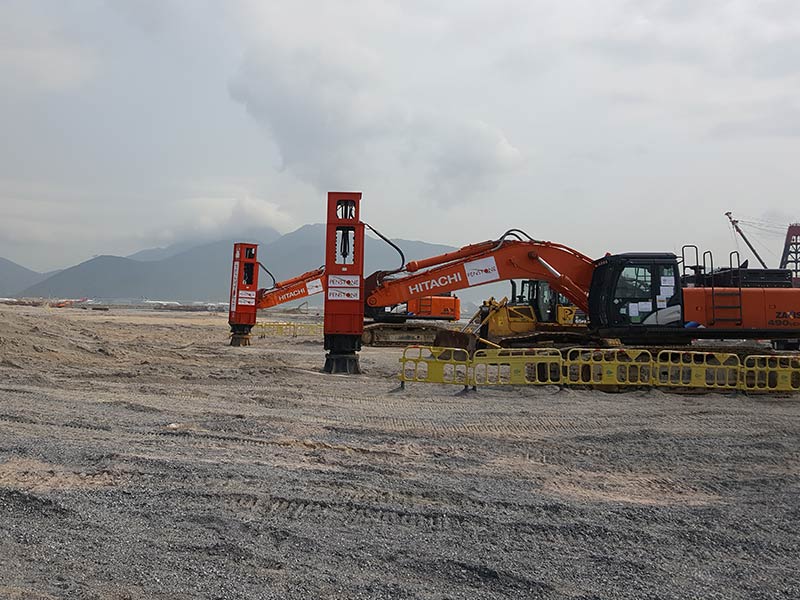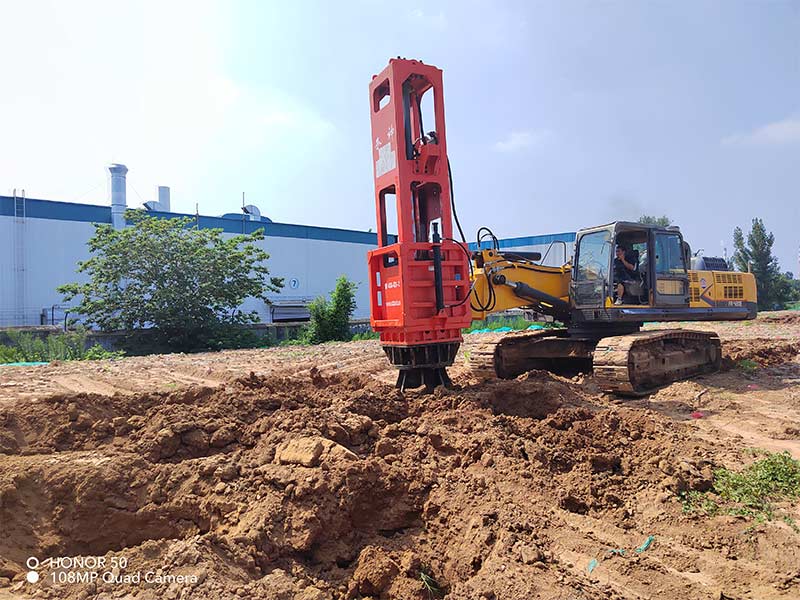Most granular fills and some silts are compactable, The best results being achieved where the fill is well-graded particle size. An area of 800m² -16000m² can be covered in an average day (depending on the ‘blow-perposition’ setting.) This also allows time for routine maintenance and rotation of the special dolley pads located in the foot assembly which transfers the force of the blow through to the ground.
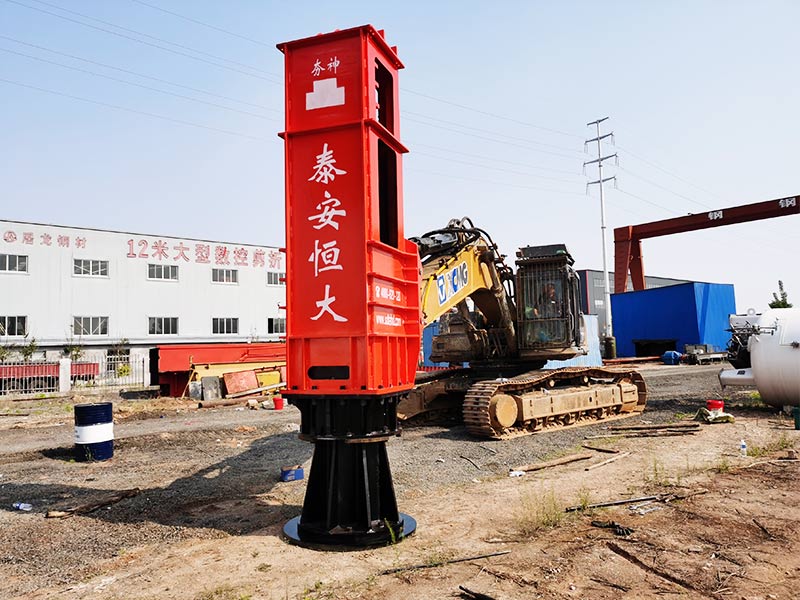
RIC increases the stiffness and shear strength of soils through the use of impact compaction effort. Specific benefits include:
Increases Standard Penetration Resistance – the standard penetration resistance (N-Values) of loose granular soil can increase significantly. In developing an RIC specification for a project the minimum target blow count for the performance required should be specified.
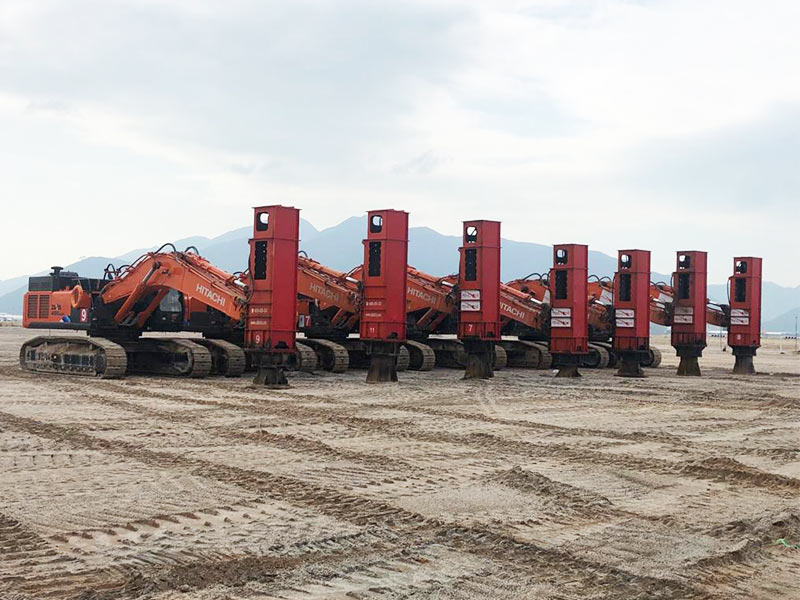
One advantage of RIC is that the drop height and number of blows can be varied based on the soil conditions. Through a test program, we will work with the Geotechnical Engineer of Record (GER) to determine the appropriate improvement criteria and RIC set-up for various areas of the site. For a site with a mixed soil profile and varying thicknesses of sand and clay, the ability to accurately control the amount of energy delivered to the ground is critical as it allows one to improve the loose overlying loose soil without liquefying the fine grained soils below – providing more uniform compaction.
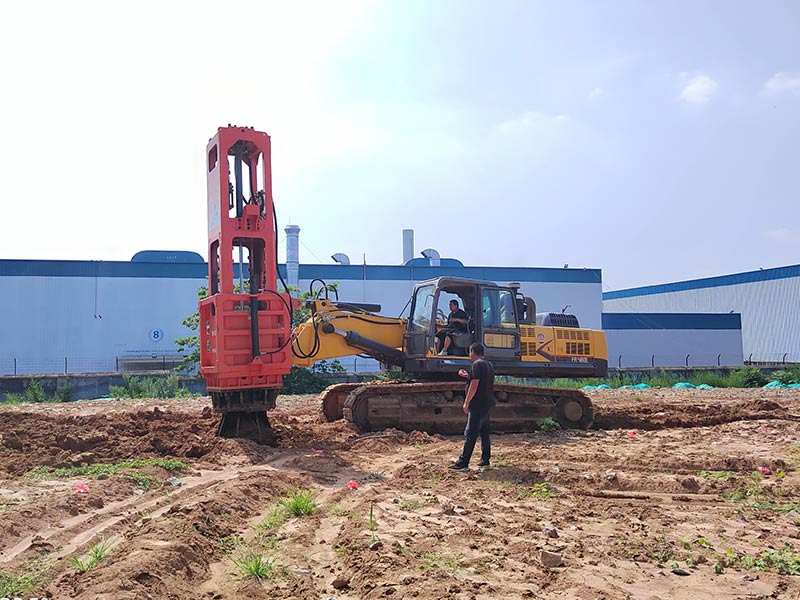
The RIC compactor is mounted on a excavator so that moving around the site is easy. The compactor consists of a 7.5-ton weight falling approximately 36 inches onto an anvil in contact with the ground at a rate of approximately 40-90 blows per minute thereby compacting approximately 800 sf of area per hour. Onboard diagnostics equipment allows the compaction effort to be stopped when optimum compaction has been achieved.
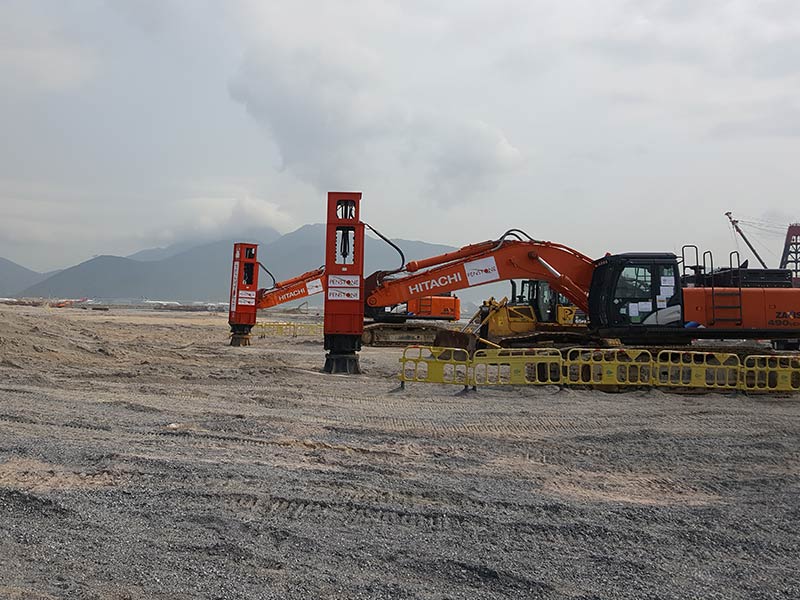
Use of RIC will result in an increase in soil density, stiffness, and angle of internal friction as measured by an increase in SPT N-value, CPT tip resistance or other means of insitu test. The recommended approach is to determine what level of improvement is desired and discuss that required improvement with your technical representative for feasibility. For example, a 2-story commercial light industrial structure is to be constructed on a site underlain by up to 10 ft of existing sandy fill soils. SPT N-values range between 4 and 8 blows per foot (bpf) in the fill. The geotechnical engineer’s correlation between SPT N-Value and soil stiffness for footing settlement analyses indicates that an average N-value in the fill needs be 10 bpf. The geotechnical engineer would perform settlement analyses using the foundation sizes and loading provided by the structural engineer to confirm that the footings will perform acceptably if the fills are improved to 10 bpf. A review of the borings logs indicates that this level of improvement is achievable with RIC. The geotechnical engineer would then complete his or her report with a recommendation that RIC be used to compact the fills in place and that an N-value of 10 bpf will be required.

Rapid Impact Compaction (RIC) is a ground improvement technique that densifies shallow, loose and, granular soils. Soil treated by this method results in increased density, friction angle, and overall stiffness, which results in increased bearing capacity and decreased settlement of planned structures. Rapid Impact Compaction consists of an excavator-mounted, hydraulic pile-driving hammer repeatedly striking a circular plate that rests on the ground. Energy is then transferred to the ground safely and efficiently, as the RIC's foot remains in contact with the ground, which avoids concern over flying debris being ejected. Rapid Impact Compaction densifies loose-fill soils of up to 6 m deep or more. Additional benefits of rapid compaction include: an increase of the bearing capacity of the soils, minimization of settlement, and the creation of uniform support for foundation footing. Rapid Impact Compaction is an innovative solution when compared to the time and cost of over-excavation and re-compaction.

A compaction plate is placed on the ground to be treated. A hydraulic hammer, generally weighing less than 10 to 15 tonnes, is fitted to an excavator and used to transmit compaction energy to the soil via repeated impact. Without specific site precautions, a safe working distance to sensitive structures can usually be defined on the order of 8 to 10 m, as a distance of 5 to 6 m can usually be adopted for classical structures. At that distance, noise levels are lower than 90 dBA.

 Current Position:
Current Position: 